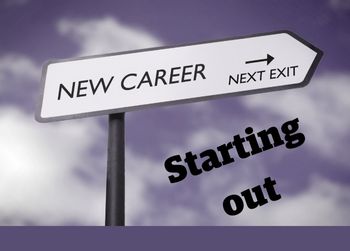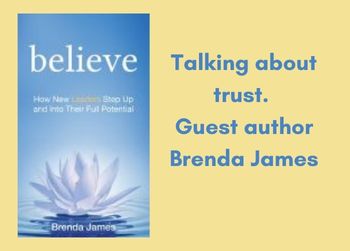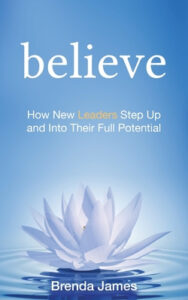The General Assembly of the United Nations in its resolution 66/281 of 12 July 2012 proclaimed 20 March the International Day of Happiness recognizing the relevance of happiness and well-being as universal goals and aspirations in the lives of human beings around the world and the importance of their recognition in public policy objectives.
The annual World Happiness Report released this week shows that New Zealand rates 10th in the world for national happiness.
The measuring, and celebration, of happiness might sound a little Pollyanna-ish to a business minded person. However there is plenty being written about the importance of happiness to our mental health and general wellbeing, including in the workplace.
Think about it – whether we are an employee or an employer – we spend a lot of time at work in the course of our lives. It helps to be happy at work because the alternative of being miserable for eight hours a day doesn’t have a lot to recommend it.
Studies have shown that a happy worker is engaged, productive, and very importantly in this time of labour shortages, more likely to be retained.
Let’s look at some of the research to support making being at work one of your happy places.
Robert Waldinger is an American psychiatrist and Professor of Psychiatry at Harvard Medical School. He also oversees the one of the world’s longest running studies of adult development and therefore has had the opportunity to study what provides individuals with a sense of wellbeing, fulfillment and ultimately, happiness.
In this TED talk Waldinger shares three important lessons learned from the study as well as some practical, old-as-the-hills wisdom on how to build a fulfilling, long life.
Another psychologist, Shawn Achor, has also written a lot on happiness and a couple of his books are listed below. In this fast-moving and very funny TED talk, psychologist Achor argues that, actually, happiness inspires us to be more productive.

For a more academic look at happiness at work these two articles from our databases shed more indepth light onto the topic.
Published in the IUP Journal of Soft Skills Revathi Turaga’s paper, Happiness at Work examines how … an individual who probably starts his/her day with a good feeling, can manage to keep that feeling alive during the day at work in the midst of any crisis situations or critical interactions.
In recent years some businesses have begun to take employee happiness seriously and role titles such as chief happiness officer or happiness commander have begun appearing. It would seem that the concept of “happy employees make happy workplaces” is starting to cotton on. But why?
An article in The Guardian describes this trend as a ‘Commercial no-brainer’: why the role of happiness officer is taking off’
So what have we learned from all that?
In the last couple of years New Zealand has dropped two points in the World Happiness ratings.
As an employer is it in your interest to ensure staff happiness? Yes, the indications are it makes for a more stable and productive workplace.
Does your business need a Happiness Officer? Probably not.
If you are an employee and unhappy with your work situation there are strategies you can put in place to ensure you have a more resilient mindset.
Let some of the resources Wellington City Libraries has help guide you to a better state of mind, improving your wellbeing, longevity and productivity.
Unlocking happiness at work : how a data-driven happiness strategy fuels purpose, passion and performance / Moss, Jennifer
“Unlocking Happiness at Work takes you on a journey into why and how leaders should become compassionate capitalists and ensure that their teams thrive. This book debunks the myth that happiness at work is a waste of time and demonstrates how it can deliver a more productive and engaged workforce, which can have real impact on the bottom line. Based on two decades of scientific research, real-time data, interviews and case studies, this book proves that happiness fuels higher performance, provides a greater sense of purpose and spreads passion throughout organizations. With insightful practical guidance throughout, Unlocking Happiness at Work is a lively and persuasive exploration of how to be more happy and make others more happy through the power of habits, emotional intelligence and an innovative approach to work/life flow. This is an essential resource for leaders who want to increase sustainability, attract new talent, improve their brand and boost profitability – in a way that is life-enhancing for them and their people.” ( Adapted from Catalogue)
Designing your work life : how to thrive and change and find happiness at work / Burnett, William
“A book that shows how to find meaning and satisfaction in your work life”– Provided by publisher.” (Catalogue) Also available as Ebook Overdrive
Make the most of your workday : be more productive, engaged, and satisfied as you conquer the chaos at work / Camuto, Mary A.
“Even if you don’t have your dream job, every day is precious and filled with opportunities. Make the Most of Your Workday challenges you to actively manage and make the most of workday possibilities and problems. With drive, determination, and optimism, it offers solutions to workday predicaments. You can take control; you don’t have to wait for leaders, people, or circumstances to change. No matter your level, situation, or dilemma, Mary shows you how to regroup, reframe, and bounce back.” (Catalogue)
Also available as E-Audiobook
Whatever works : the small cues that make a surprising difference in our success at work–and how to create a happier office / Lobel, Thalma
“Thalma Lobel, one of the world’s leading experts on human behavior, explores ground-breaking psychological research on job performance, satisfaction, and creativity, revealing the hidden factors-often unrecognized, counterintuitive, or invisible-that have profound effects on how well we can do our jobs and how happy we are at work”– Provided by publisher.” (Catalogue)
Beyond happiness : how authentic leaders prioritize purpose and people for growth and impact / Lim, Jenn
“Jenn Lim has dedicated her career to helping organizations from name-brand industry leaders to innovative governments build workplace cultures that benefit both their employees and their bottom line, with less employee turnover, greater engagement, and higher profits. Her culture consultancy, Delivering Happiness, demonstrates the profound impact happiness can have on businesses’ ability to thrive in our ever-changing times. In this book, she clearly and concretely shows the way the model works in a hyper-connected fast-paced world, beginning with each individual defining their sense of values and purpose (the ME), and rippling through the organization ecosystem (the WE and the COMMUNITY) in waves of impact.” (Catalogue)
Connect first : 52 simple ways to ignite success, meaning, and joy at work / Katzman, Melanie
“A renowned business psychologist, advisor, and consultant to the world’s leading companies reveals the key to greater success, meaning, and joy at work,”–Amazon.com.” (Catalogue)
The happiness advantage : the seven principles of positive psychology that fuel success and performance at work / Achor, Shawn
“‘… Happiness fuels success, not the other way around. When we are positive, our brains become more engaged, creative, motivated, energetic, resilient, and productive at work. This isn’t just an empty mantra. This discovery has been repeatedly borne out by rigorous research in psychology and neuroscience, management studies, and the bottom lines of organizations around the globe. In The Happiness Advantage, Shawn Achor, who spent over a decade living, researching, and lecturing at Harvard University, draws on his own research including one of the largest studies of happiness and potential at Harvard and others at companies like UBS and KPMG to fix this broken formula. Using stories and case studies from his work with thousands of Fortune 500 executives in 42 countries, Achor explains how we can reprogram our brains to become more positive in order to gain a competitive edge at work. Isolating seven practical, actionable principles that have been tried and tested everywhere from classrooms to boardrooms … he shows us how we can capitalize on the Happiness Advantage to improve our performance and maximize our potential.”–Publisher description.” (Adapted from Catalogue)
Available in EAudiobook Borrowbox
Before happiness : 5 actionable strategies to create a positive path to success / Achor, Shawn
“Shawn Achor introduces a groundbreaking new theory about success and human potential. He shows how a positive mindset is the best predictor of motivation, engagement and performance in the workplace and in your personal life and offers five practical, actionable strategies for creating this mindset that will make us more successful at work and at home.” (Catalogue)
Also available in EAudiobook Borrowbox
A great place to work for all : better for business, better for people, better for the world / Bush, Michael C.
“From Great Place to Work, … comes a new definition of what it takes to make an organization great FOR ALL–for the business, for people and for the world. For 20 years Great Place to Work has published their gold-standard list of the 100 Best Companies to Work For. But their latest research shows that what was good enough to be a “great” workplace 10 or 20 years ago is not good enough now. Even at the best workplaces, leaders can–and must–do better. CEO Michael C. Bush and his team connect the dots to show how the emerging economy is about developing every ounce of human potential. Today’s business climate is defined by speed, social technologies and people expecting “values” besides value. As a result, leaders have to create an outstanding culture for everyone, no matter who they are or what they do for the organization. They have to build a Great Place to Work For All. The authors share new research on how Great Places to Work For All outperform in the stock market and grow revenue 3x faster than less-inclusive rivals. Bush and his team tell surprising, inspiring stories about how closing gaps in the work experience between groups of employees pays off for everyone. They document the ways Great Places to Work For All benefit the individuals working there and contribute to a better global society. And they introduce a new leadership framework, showing the advantages of what the authors define as Level 5 “For All” leaders. In effect, the times demand executives who not only are business-savvy but also are devoted to fairness, have deep faith in people, and empower all individuals to reach their full human potential. This is a call to lead so that organizations bring out the best in everyone”– Provided by publisher.” (Adapted from Catalogue)
If you need more information please contact the Prosearch team at the library. We can help you find information across a range of perspectives and resources. All enquiries are treated in confidence.



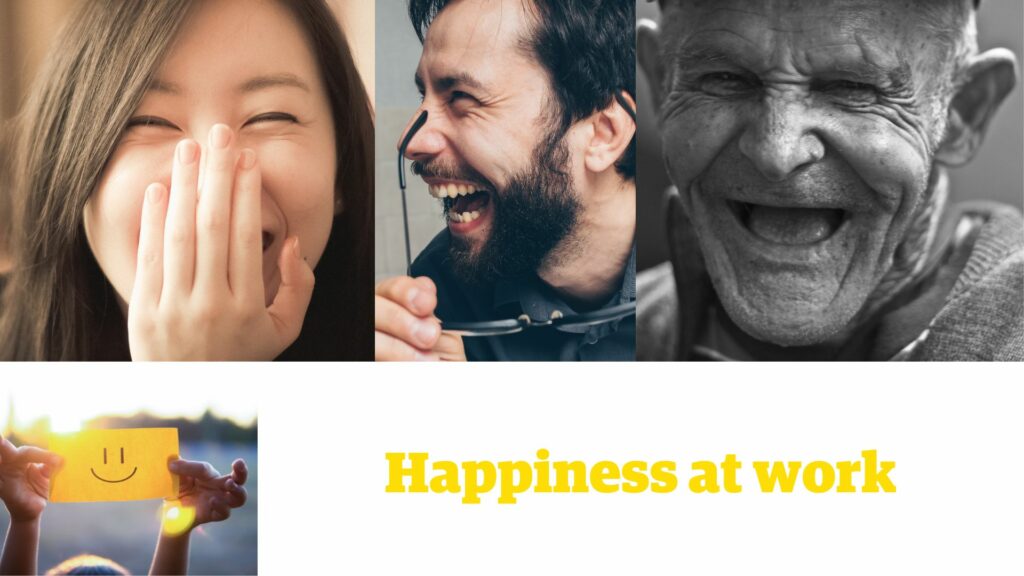
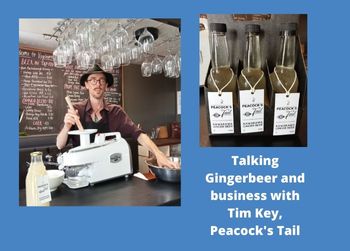
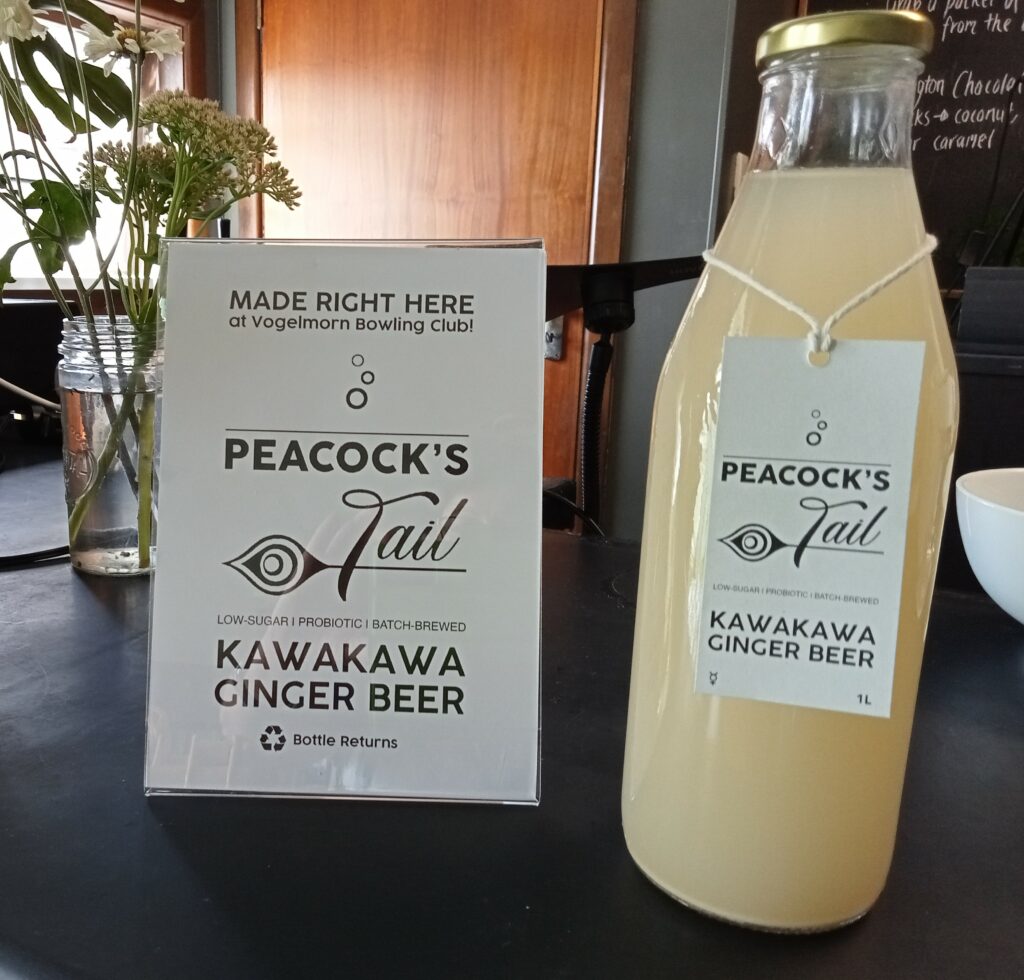
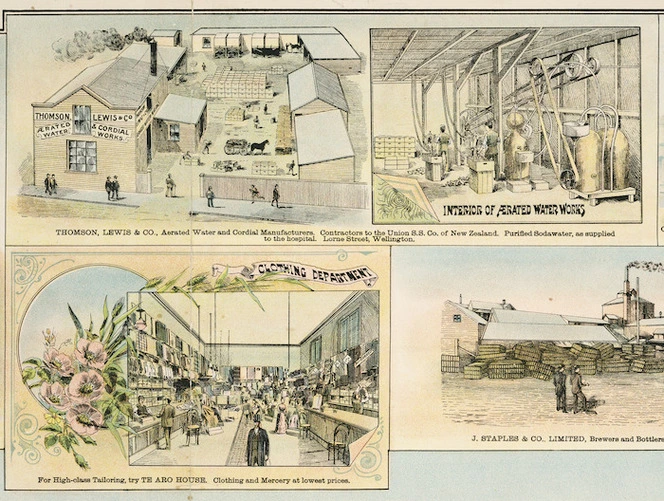
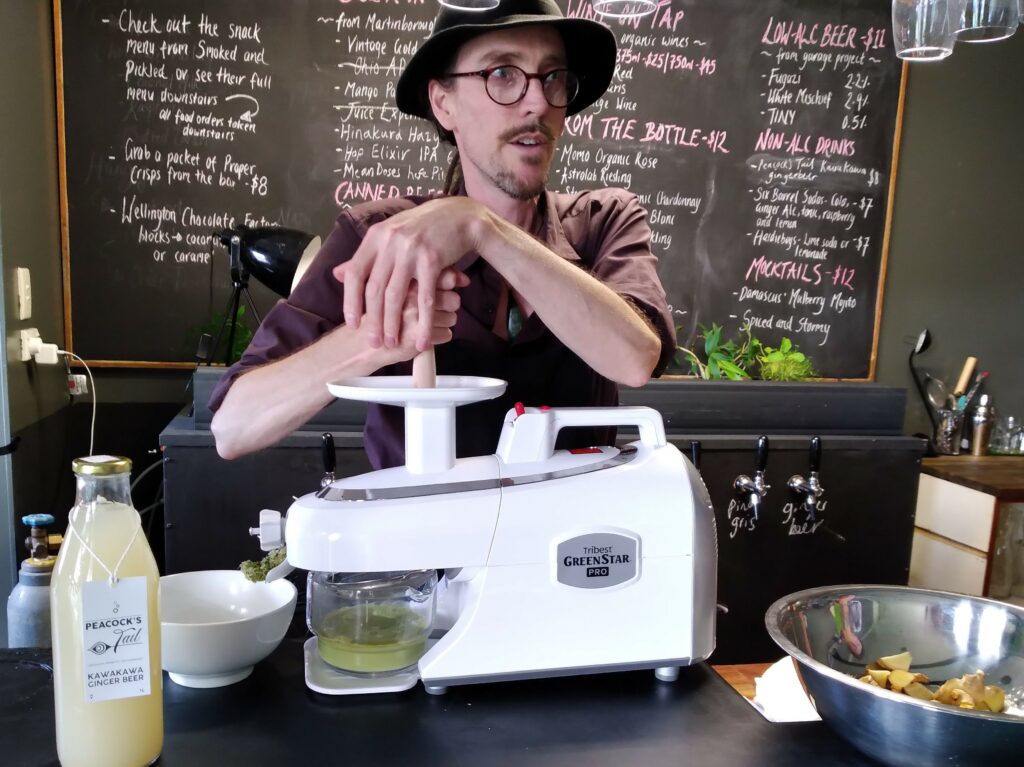
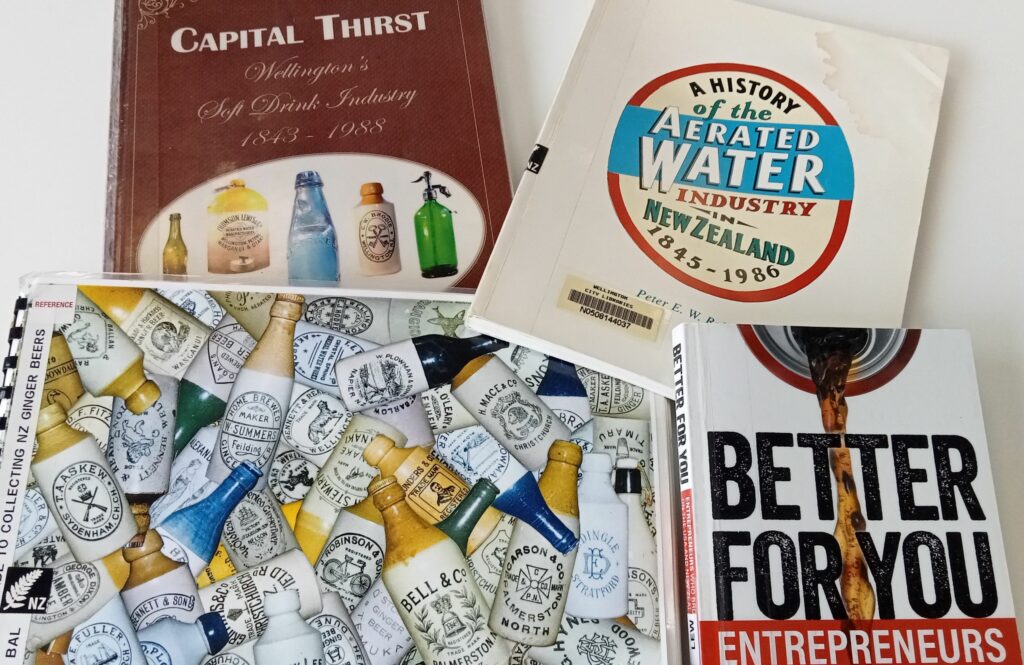

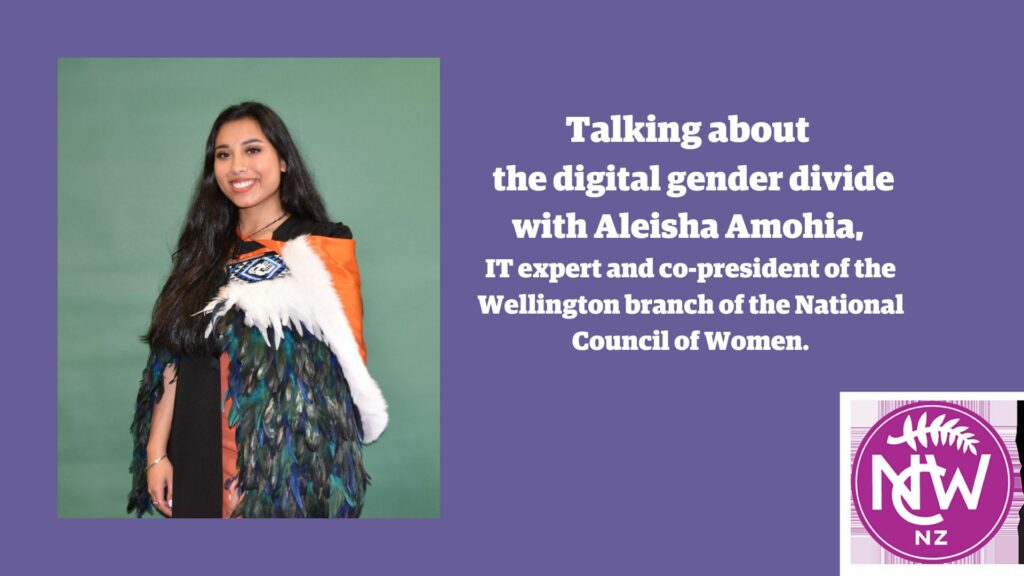


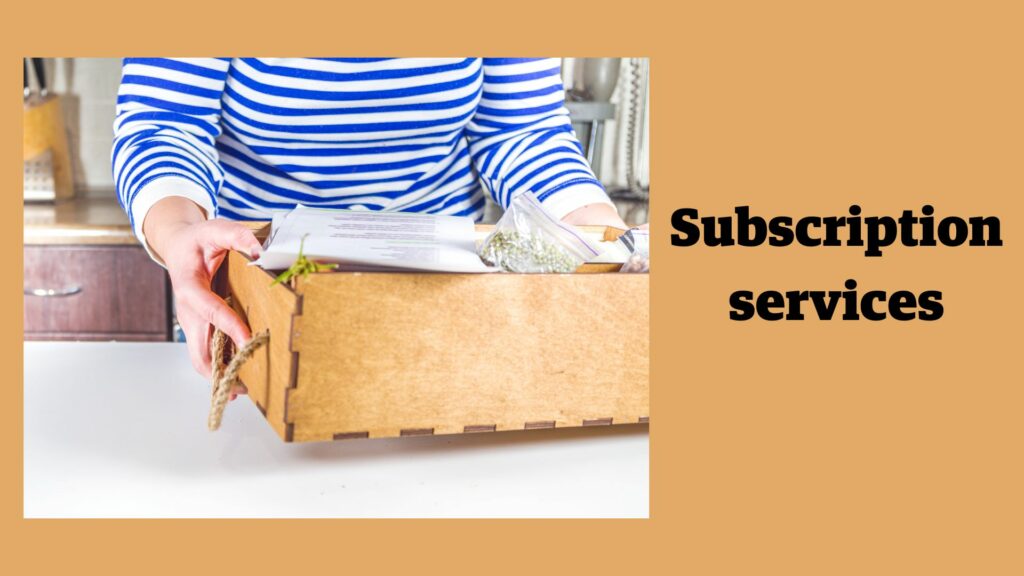
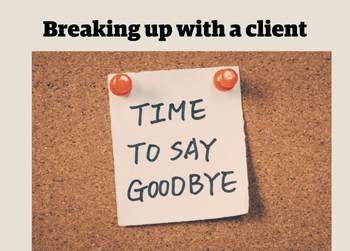
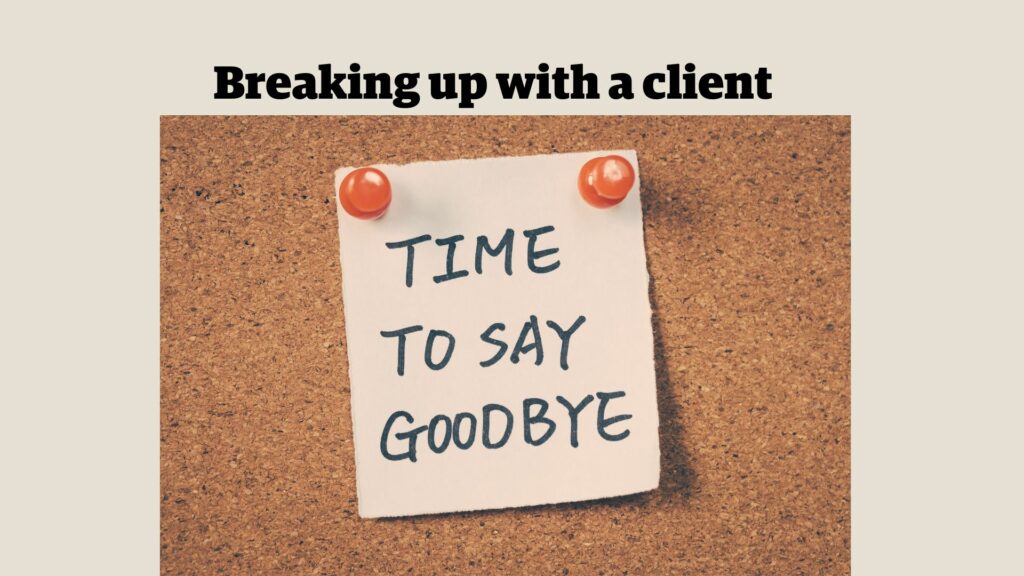
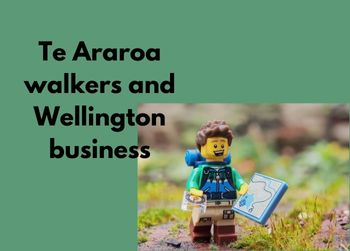
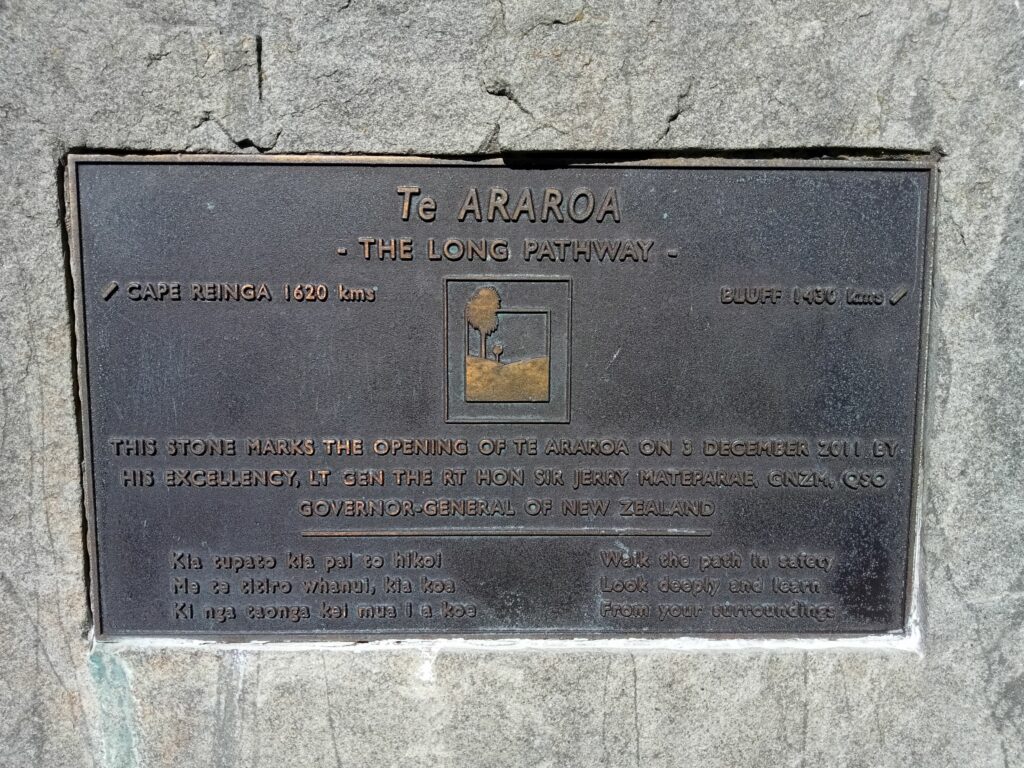


 New Zealand outdoor magazine Wilderness is available in
New Zealand outdoor magazine Wilderness is available in 
